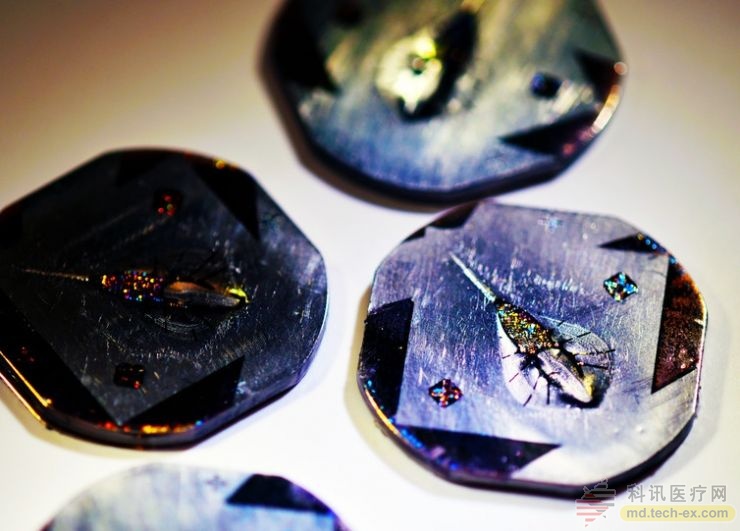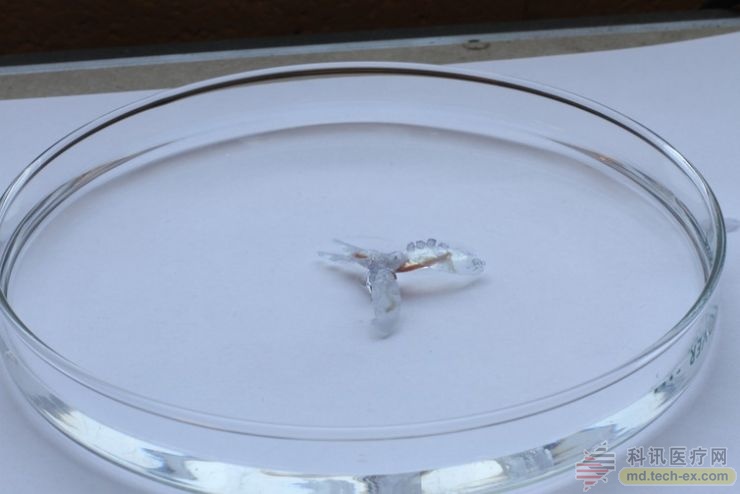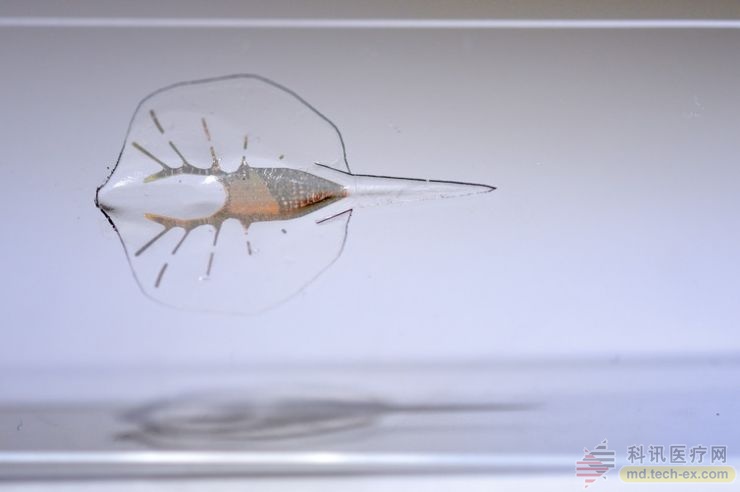Release date: 2016-08-17

When it comes to robots, the robots that come out of our minds are usually metal and plastic. This kind of robot is the representative of traditional robots, but with the development of technology, more and more robots are out of the laboratory. This kind of hard-material robot may bring harm to humans who contact them. For example, when a flying robot flies to you, you will definitely subconsciously dodge, afraid of bleeding.
Now, more and more researchers are looking for ways to make robots softer, more radiant, and more like animals. For robots with traditional engines, this means putting them in muscles or putting springs on the engine. For example, installing a shock absorbing spring on the sweeping robot Roomba can reduce the damage to the user.
However, there are now teams that have taken another path and adopted another way to make robots more human and animal: combining animal tissue with robots. They are working hard to build robots driven by biological muscle tissue and cells. These devices can be powered by electricity or light, allowing the cells to bond with the bones, allowing the robot to swim or crawl. These robots are free to move and are as soft as animals. They are safer for users and the environment than traditional robots. In addition, they not only look like animals, but also function as animals and require nutrients instead of batteries to supply energy. Therefore, they are also lighter than traditional robots.
Building a biological robot
To build a biological robot, researchers first extract the heart or skeletal muscle of a mouse or chick. If the matrix is ​​a polymer, then the device they create is a bio-hybrid robot: a hybrid robot composed of natural and man-made materials.
If you simply place the cells in the formed bones, the cells can begin to grow unscrupulously. This means that when the researchers use current to move the cells, the pressure direction of the cells will be arbitrary, which will greatly reduce the efficiency of the device.
Because, in order to make better use of the energy of the cells, the researchers began to turn their attention to miniature imaging. They used 3D printing to create a specific bone model so that once the cells were placed inside, they grew according to the shape of the bone. In this way, the cells break the state of chaotic growth and improve the efficiency of equipment formation.
Inspired by animals
In addition to bio-hybrid robots, researchers have also created pure bio-robots. The raw materials for these robots come entirely from animals (such as bio-skin collagen), not some polymers, some of which can crawl or swim in an electric field. Researchers draw inspiration from medical tissue engineering techniques and use long rectangular arms or cantilevers to push them forward.
Other researchers have drawn inspiration from nature to create bio-driven bio-hybrid robots. For example, a research team from the California Institute of Technology inspired the jellyfish and developed a bio-hybrid robot. The research team called the robot a "Jellyfish Robot" with an arm that can circle the city. They call it a "Jellyfish Robot". It is surrounded by a circle of arms, each of which is engraved with protein material. The miniature model is like the muscle of a living jellyfish. As the tissue shrinks, the arms bend inward, pushing the bio-hybrid robot to move forward in the nutrient-rich liquid.

Recently, researchers have shown how to control bio-hybrid robots. A research team at Harvard University uses genetically modified heart cells to swim a bionic robot that looks like a manta. These heart cells respond differently depending on the frequency of the light, and the frequencies of the cells at different locations are also different.
When the researchers use different light to illuminate the robot, the cells contract and send electronic signals to cells in different positions of the manta body. This contraction force is transmitted along the body of the robot, pushing the robot forward. Researchers have been able to use different frequencies of light to control the robot to turn left or right. If the intensity of the light is increased, the contractile force generated by the corresponding cells will become stronger, so that the researcher can control the robot to move around.
There is a long way to go
Although humans have already achieved great results in the field of bio-hybrid robots, there is still a long way to go before these devices can get out of the lab. Today's bio-hybrid robots have a limited life span and low output power, which limits their speed and ability to perform a variety of tasks. Robots made from mammalian or avian cells are also very demanding on environmental conditions.
For example, the ambient temperature must be close to the temperature of the living body, and the cells need to be nourished regularly with nutrient-rich liquids. To solve this problem, researchers have come up with two ways.
One of the solutions is to package these bio-hybrid robots so that the body is not damaged by the external environment and can always be infiltrated in the nutrient solution.
Another solution is to use more robust cellular tissue as an actuator. Case Western Reserve University is working on hard, deep-sea creature sea snails that use their cells to make bio-hybrid robotic actuators. Because sea snails live in the intertidal zone, they can withstand the dramatic changes in temperature and environmental salt concentrations throughout the day. After the ebb tide, the sea snails will be trapped in the leeches left by the tide. When the sun rises, the ambient temperature will continue to rise, and after the water in the leeches is evaporated, the salt concentration in the surrounding environment will continue to rise. In the case of rain, the situation is just the opposite. The salt concentration in the surrounding environment will decrease due to dilution by rain. When the tide comes again, the sea snail can be liberated from the leeches. Therefore, sea snails have formed very hard cell tissues in the process of continuous evolution to adapt to this changing environment.

We have been able to control the action of bio-hybrid robots with the living tissue of sea snails, which means that we can use this highly resistant tissue to develop more robust bio-robots. This biorobot can lift small pieces of weight about 1.5 inches long and 1 inch wide.
Another important issue encountered in developing bio-robots today is the lack of an on-board control system for such devices. Engineers now control them by external electric fields or light. In order to develop a fully automated bio-hybrid robot, we also need a controller that can interact directly with muscle tissue and provide sensor signal input to the bio-hybrid robot. One of the ideas is to use neurons or neural clusters as tissue controllers.
This is why we are so optimistic about the application of sea snails in this field. This sea snail has been used as a model system for neurobiology research for decades. There has been a lot of research on the relationship between its nervous system and muscles, which makes it possible to use its neurons as tissue controllers.
Although research in this area is still at a very early stage, researchers are confident about the prospects in this area. For example, research teams have used the è›žè“ organization to develop micro-biological hybrid robots that can be used to find hazardous materials or to check for leaks in pipelines. In theory, due to the biocompatibility of such devices, even if they are shredded or eaten by wild animals, they will not cause environmental damage or environmental pollution like traditional robots.
One day, these robots may be made from human cells and used in the medical field. Biorobots can be used for targeted administration, for removing embolism or for use as a controllable stent. These stents use tissue substrates rather than multi-molecular materials, so they can be used to enhance the strength of the vessel wall and avoid the formation of aneurysms; and these devices may continue to be modified and refined in the future and integrated into the human body.
Therefore, the research of biological robots is indeed a bright future, but to make it truly benefit our lives, it is still a long way to go.
Source: Lei Feng Net
Gun Safe,Gun Cabinet Safe,Gun Safe Cabinet,Storage Gun Safe Box
Hebei Hupai Aodi Cabinet Industry Co.,Ltd. , https://www.aodicabinet.com